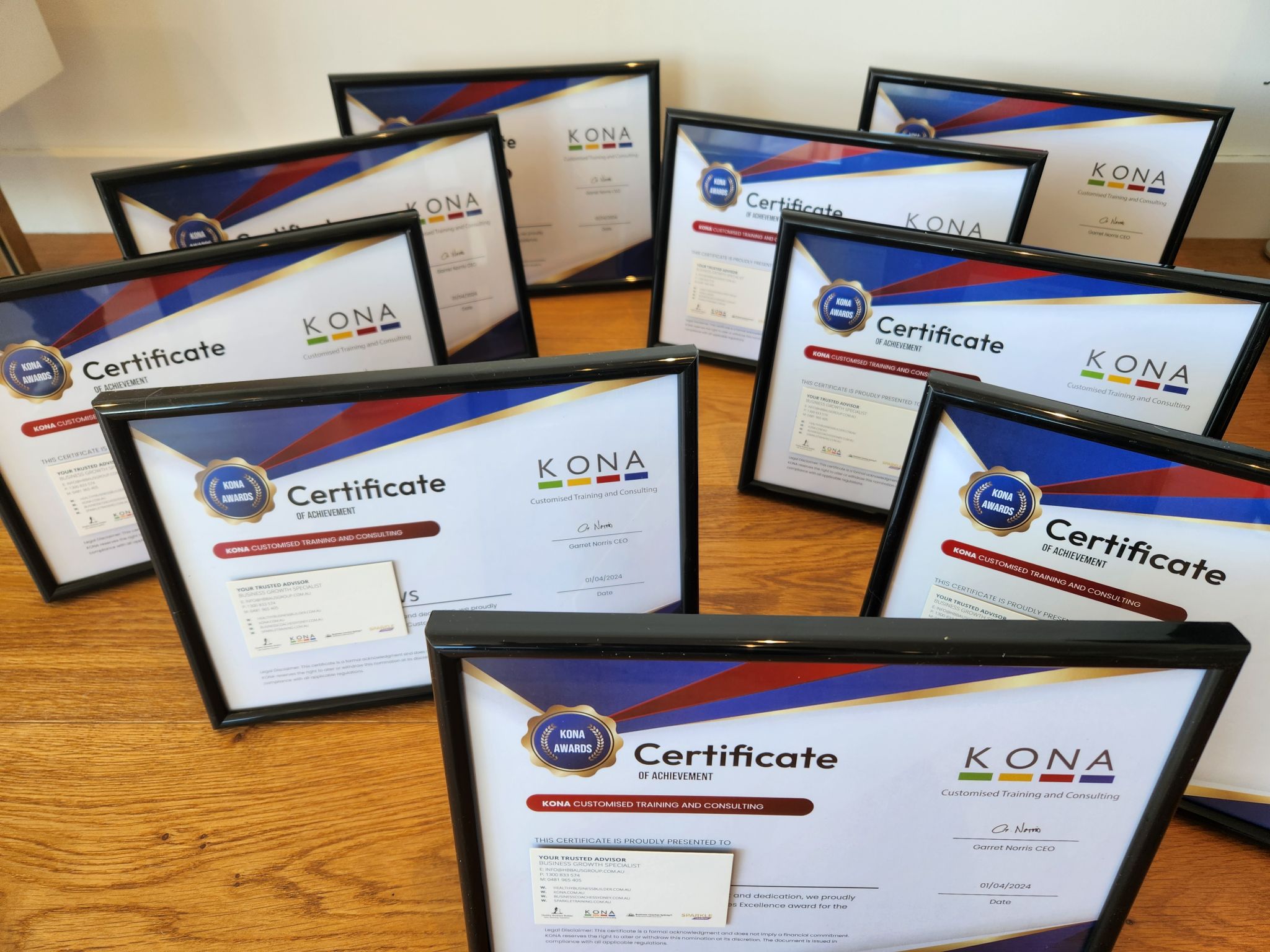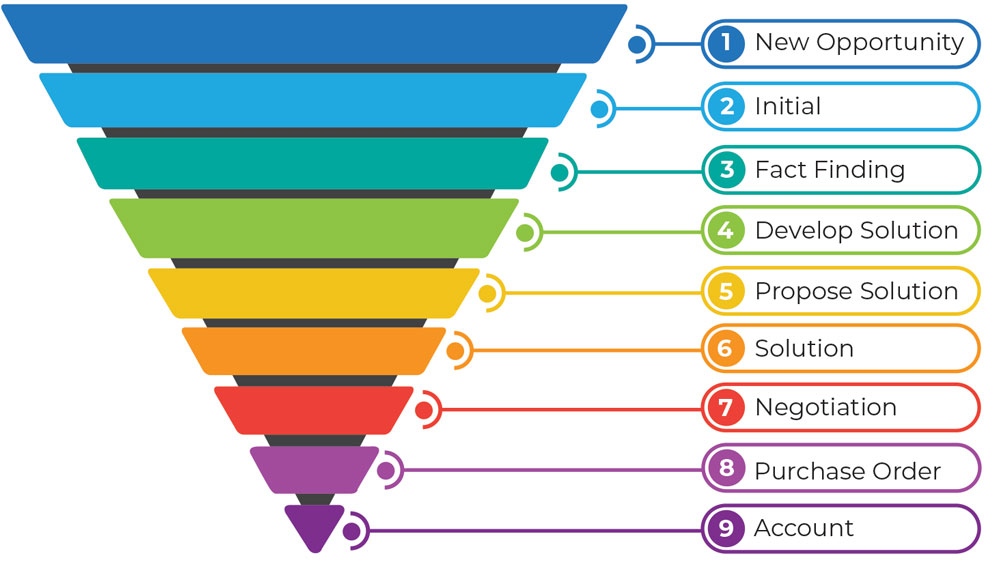Throughout history we have seen workplace conflicts that have shaped the evolution of business practices and management strategies. Here are some notable examples where effective management training could have made a significant difference:

The 2009 Qantas Engineers Strike
In 2009, Qantas engineers went on strike over pay disputes and job security concerns. The strike resulted in flight delays and cancellations, impacting the airline’s operations and reputation.
How Management Training Could Have Helped:
Conflict Resolution: Training in conflict resolution techniques could have equipped Qantas management to address engineers’ concerns proactively, facilitating earlier and more effective dialogue.
Communication Skills: Enhanced communication training might have ensured more transparent and timely information sharing, reducing misunderstandings and building trust.
Empathy in Leadership: Empathy training could have helped managers understand and validate engineers’ concerns, leading to more compassionate and effective responses.

The 2012 BHP Billiton Coal Miners’ Strike
Coal miners employed by BHP Billiton in Queensland went on strike in 2012 over a new workplace agreement, which they felt compromised their job security and working conditions.
How Management Training Could Have Helped:
Labour Relations: Training on labour relations could have improved the relationship between BHP management and the miners, promoting a more collaborative approach to workplace agreements.
Negotiation and Mediation: Skills in negotiation and mediation might have enabled management to find a middle ground with the miners, addressing their key concerns without resorting to strikes.
Workplace Fairness: Training focused on fairness and equity in the workplace could have ensured that the new agreement was seen as fair and reasonable by the miners, reducing conflict.

The 2017 Public Sector Strikes in Victoria
Public sector workers in Victoria went on strike in 2017 over pay rises and working conditions. The strike included teachers, nurses, and other public service employees, significantly affecting public services.
How Management Training Could Have Helped:
Problem-Solving: Management Training focused on collaborative problem-solving could have facilitated a more cooperative approach to addressing the workers’ demands, finding solutions that met both management and employee needs.
Strategic Communication: Strategic communication training might have helped in framing the negotiations positively, keeping employees informed and engaged throughout the process.
Leadership Development: Developing leadership skills to build mutual respect and understanding could have reduced adversarial attitudes, leading to more productive negotiations.

The 2019 Sydney Trains Strike
Sydney Trains workers went on strike in 2019 over pay disputes and safety concerns, causing significant disruptions to the city’s transportation network.
How Management Training Could Have Helped:
Health and Safety Management: Training in health and safety management could have ensured that workers’ safety concerns were addressed proactively, reducing one of the main causes of the strike.
Employee Involvement: Training on involving employees in decision-making processes could have led to more inclusive and satisfactory outcomes, reducing feelings of exclusion among workers.
Conflict Prevention: Preventative conflict management training might have helped identify and address issues before they escalated into strikes, creating a more balanced workplace environment.
In each of these cases, proactive and well-rounded management training could have addressed underlying issues, improved communication, and created a more connected and respectful workplace environment, potentially preventing conflicts altogether, or at the very least, reducing their impact.
7 Ways Management Training Can help in Workplace Conflict Resolution
Management training plays an important part in managing workplace conflicts. Here are seven ways it can help:
1. Improved Communication Skills
Management training helps leaders develop the ability to:
- Actively listen
- Articulate thoughts clearly
- Encourage open dialogue
This ensures that everyone feels heard and understood, reducing misunderstandings that often lead to conflicts.
2. Increased Emotional Intelligence
Emotional intelligence (EI) involves recognising and managing your emotions and understanding the emotions of others. Management Training that involves training in EI enables managers to handle interpersonal relationships with caution and empathy. This can help in de-escalating tensions and addressing the emotional aspects of conflicts.
3. Conflict Resolution Techniques
Managers trained in conflict resolution techniques are better equipped to handle disputes. The best Management Training Programs can be tailored to include various strategies such as:
- Negotiation
- Problem-solving approaches that help in resolving conflicts constructively.
This ensures that conflicts are addressed promptly and effectively, preventing them from escalating.
4. Building Trust and Rapport
Management training emphasises the importance of building trust and rapport with team members. When employees trust their managers, they are more likely to express concerns and grievances openly. This transparency helps in identifying and addressing issues early, reducing the likelihood of conflicts.

5. Building a Positive Work Culture
Management Training programs often include components on promoting a positive and inclusive work culture. Managers learn to create an environment where respect, collaboration, and mutual support are prioritised. A positive culture reduces the chances of conflicts arising from misunderstandings.
6. Stress Management
Workplace conflicts can be a significant source of stress for both managers and employees. Management training includes stress management techniques that help leaders maintain their composure during disputes. By managing their own stress effectively, managers can approach conflicts calmly and rationally, leading to better outcomes.
7. Strengthening Leadership Skills
Management Training programs enhance leadership skills such as decision-making, assertiveness, and accountability. Skilled leaders can guide their teams through conflicts, setting a positive example and ensuring that disputes are resolved in a fair and balanced manner.
Management training provides managers with the tools and skills needed to handle workplace conflicts effectively. By improving communication, emotional intelligence, conflict resolution techniques, and leadership skills, training helps create a balanced work environment where conflicts are managed proactively and constructively. This not only resolves existing issues but also prevents future conflicts.
At KONA, we know that an organisation’s performance is only as good as the team leaders and managers who steer the ship. All of our trainers have run sales and customer service-focused businesses and led teams, so they understand you as only those who have walked in your shoes can.
Contact KONA today to discuss our tailored Leadership and Management Training programs.
Call 1300 611 288 or email info@kona.com.au











































































































